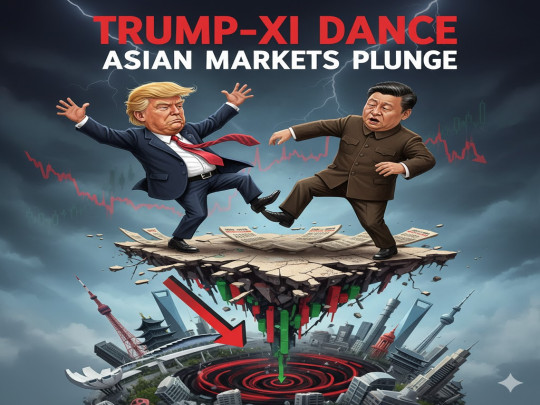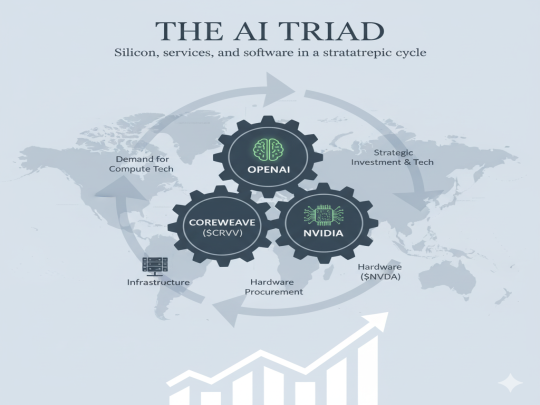Solar Meltdown: Why America's Biggest Solar Stocks Are Crashing—and What It Means for the Future
Solar stocks nosedived as the Senate unveiled plans to phase out key solar and wind tax credits by 2028, triggering a historic selloff for giants like Sunrun, SolarEdge, and Enphase. The surprise move threatens the future of U.S. clean energy, sending shock waves through markets and leaving investors and industry leaders scrambling to assess what’s next for America’s solar revolution

The U.S. solar sector is reeling from one of its most dramatic selloffs in years. On June 17, 2025, shares of leading solar companies plummeted—some by more than 40%—as investors digested the Senate’s decision to maintain the full removal of clean energy tax credits. This policy shift has sent shockwaves through the market, raising urgent questions about the future of renewable energy in America.
A Day of Reckoning: The Numbers Behind the Crash
On Tuesday, the solar industry’s biggest names suffered staggering losses:
· Sunrun (RUN): Down 42.9%
· SolarEdge Technologies (SEDG): Down 41.3%
· Enphase Energy (ENPH): Down 28%
· First Solar (FSLR): Down 22%
· Array Technologies, Nextracker, and Maxeon Solar: Also posted double-digit declines.
For context, Sunrun is now trading at $5.62 per share—an astonishing 73.9% below its 52-week high of $21.50 from August 2024. Enphase and SolarEdge, once darlings of the clean energy boom, have both hit multi-year lows, with Enphase sinking 27% in a single session, marking its worst performance in five years. The iShares Global Clean Energy ETF (ICLN), a bellwether for the sector, fell 4.4% in morning trading, snapping a record 10-day winning streak.
The Trigger: Senate’s Tax Credit Phaseout
The immediate cause of the rout is the Senate’s endorsement of a budget bill that accelerates the phaseout of federal tax credits for solar and wind energy. These incentives, introduced under the Biden administration’s Inflation Reduction Act, have been a cornerstone of the solar industry’s rapid growth.
Key Provisions of the Senate Bill:
· 60% phasedown of tax credits in 2026
· 20% drop in 2027
· Complete elimination by 2028
While the Senate version is marginally less severe than the House’s earlier proposal—which would have ended credits for projects not started within 60 days of the bill’s passage—it is still far more restrictive than the original plan, which envisioned a gradual phaseout through 2032.
Investor Sentiment: From Hope to Panic
The Senate’s decision dashed investor hopes for a more gradual transition. Citi analysts reiterated their sell ratings on residential solar stocks, warning of a “sharp pullback” in Sunrun, SolarEdge, and Enphase. KeyBanc Capital Markets downgraded all three to underweight, citing persistent regulatory uncertainty and the likelihood of continued pressure on share prices.
“While we were optimistic that the Senate version would be more favorable toward renewables, we do not view the draft as enough to alleviate concerns and expect shares to remain pressured given the regulatory uncertainty overhang,” wrote KeyBanc’s Sophie Karp.
Big Solar: Company-by-Company Breakdown
Sunrun
The nation’s largest residential solar installer, Sunrun, has seen its stock crater nearly 74% from its 52-week high. The company’s business model, heavily reliant on federal incentives to make solar affordable for homeowners, is now under existential threat.
SolarEdge Technologies
A key supplier of inverters and battery solutions, SolarEdge fell more than 41% on the day, with analysts warning of “significant headwinds for storage” as well.
Enphase Energy
Enphase, another leader in solar inverters and battery storage, dropped 28%. The company is now down nearly 50% for the year and more than 70% over the past twelve months.
First Solar
The largest U.S.-based solar panel manufacturer, First Solar, lost 22%, pacing the S&P 500’s decliners. The company had previously benefited from domestic manufacturing credits, which are now also at risk.
Why the Policy Change Matters
The federal tax credits have played a pivotal role in making solar power cost-competitive with fossil fuels. By slashing these incentives, the Senate bill threatens the economics of both residential and utility-scale solar projects.
· Residential solar: Without the 30% federal tax credit, the payback period for a typical rooftop system could extend by years, making solar less attractive to homeowners.
· Utility-scale projects: Developers may face financing challenges and reduced profit margins, slowing the pace of new installations.
Mixed Analyst Reactions: A Silver Lining?
Not all analysts are uniformly pessimistic. J.P. Morgan and Mizuho noted that the Senate version, though harsh, is “better for shares of solar and other renewables companies than the version passed by the House.” The Senate draft allows projects started before the end of 2025 to qualify for full credits and provides partial credits for projects begun in 2026, giving developers a limited window to accelerate construction.
Mizuho’s Maheep Mandloi even suggested that industry lobbying preserved some beneficial provisions, such as loopholes for residential solar-power purchase agreements and a return of manufacturing credits.
Broader Market Impact
The solar crash dragged down the entire clean energy sector, with the iShares Global Clean Energy ETF (ICLN) and related funds posting significant losses. The S&P 500 also edged lower, though the declines were more muted outside the renewable energy space.
What’s Next for Solar?
The Senate bill is not yet law, and the industry is expected to lobby aggressively for further changes. However, the message from Capitol Hill is clear: the era of generous federal support for solar and wind may be ending far sooner than many anticipated.
Key Risks Going Forward:
· Regulatory uncertainty: Ongoing negotiations in Congress could keep solar stocks volatile for months.
· Profitability concerns: Companies must prove they can thrive without subsidies.
· Potential for consolidation: Weaker players may be forced out or acquired as the market adjusts to a new reality.
Conclusion: A Turning Point for American Solar
June 17, 2025, marks a watershed moment for U.S. solar. The Senate’s move to phase out tax credits has exposed the sector’s dependence on federal incentives and triggered a historic selloff among its biggest players. While some analysts see a path forward, the immediate future is fraught with uncertainty. For investors and industry watchers alike, the coming months will be a critical test of solar’s resilience—and its ability to shine without government support.



